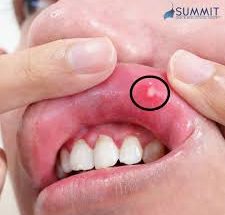
Jennifer Robyn Bernard, an actress who was one of the early stars of General Hospital, died this week.The role of Terry Brock on General Hospital for about six years in the 1980s was played by Robyn when she died.TMZ says she was found in San Jacinto, California.Tuesday, police were called to look into a death, and Robyn’s fingerprints were used to identify her.The cause of death has not been released, and an autopsy will be done by the Riverside County Coroner on Wednesday.She died at 4 a.m. in an open field behind a business, according to a report from the Riverside County Coroner.efore her big break, she was on Whiz Kids in 1983, The Facts of Life in 1984, and a few other shows.IMDB says the soap opera actress was in 145 episodes of General Hospital from 1984 to 1990.
In Voices from the High School, which aired in 2002, she played a psychologist.
passing of our beloved Jackie Zeman,” the touching post continued.
“Just like her character, the legendary Bobbie Spencer, she was a bright light and true professional that brought so much positive energy with her to work.”
“We will miss Jackie a lot, but her good mood will live on in our cast and crew forever.”
She had a lot of friends and family, especially her daughters Cassidy and Lacey. We are very sorry for her loss. “GH”
People on the show and her co-stars have also said nice things about the late actress.
Rick Springfield, an Australian actor and musician who played Dr. Noah Drake, told People that he was “incredibly shocked and broken-hearted” to hear about Jackie’s death.
She had a lot of friends and family, especially her daughters Cassidy and Lacey. We are very sorry for her loss. “GH”
People on the show and her co-stars have also said nice things about the late actress. Rick Springfield, an Australian actor and musician who played Dr. Noah Drake, told People that he was “incredibly shocked and broken-hearted” to hear about Jackie’s death.
nd broken-hearted” to hear about Jackie’s death.





